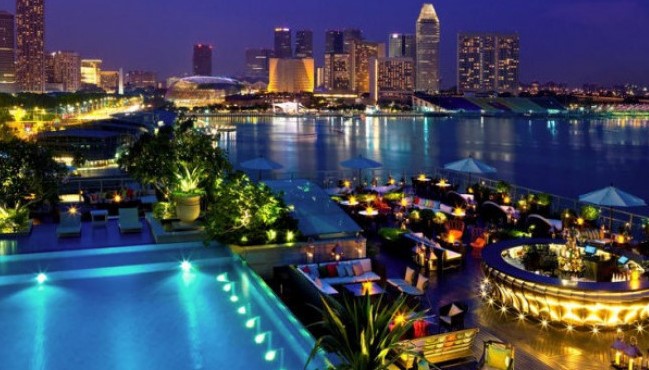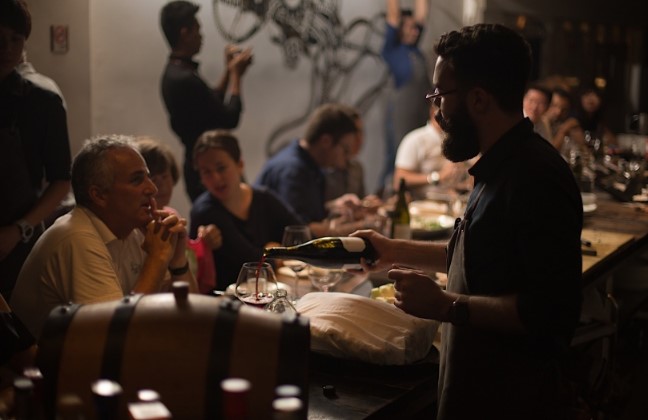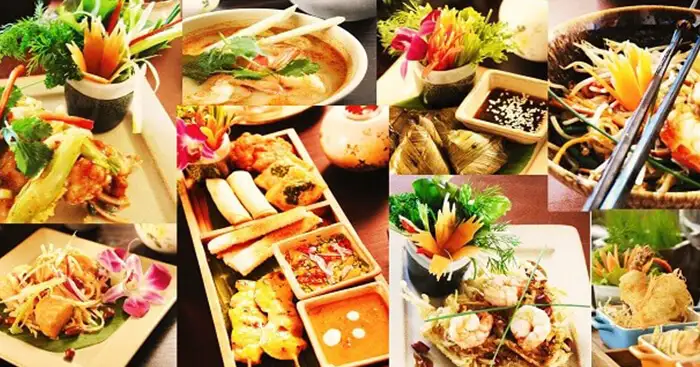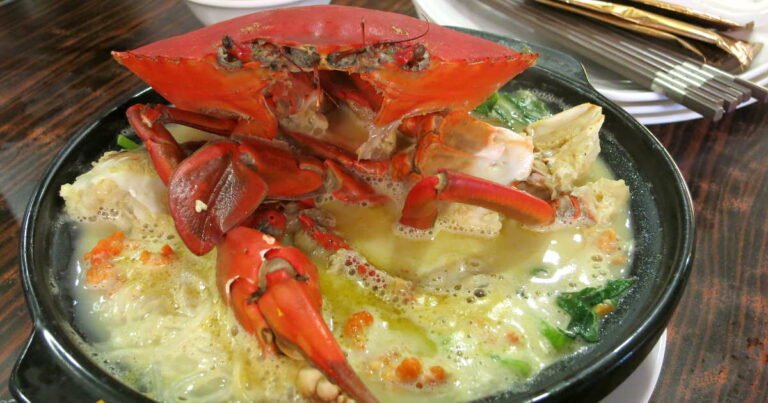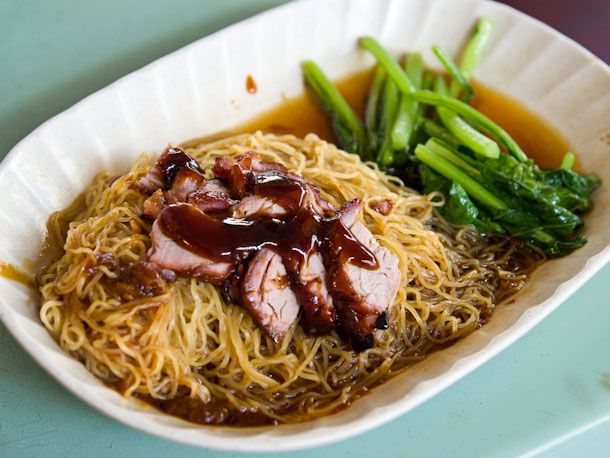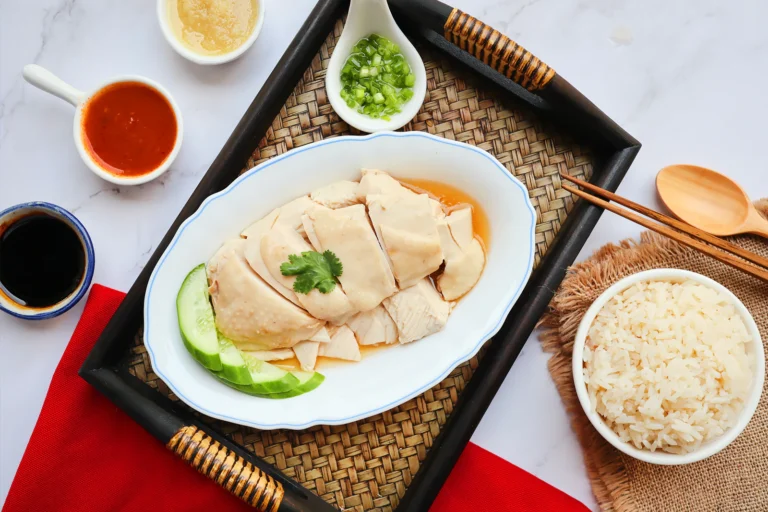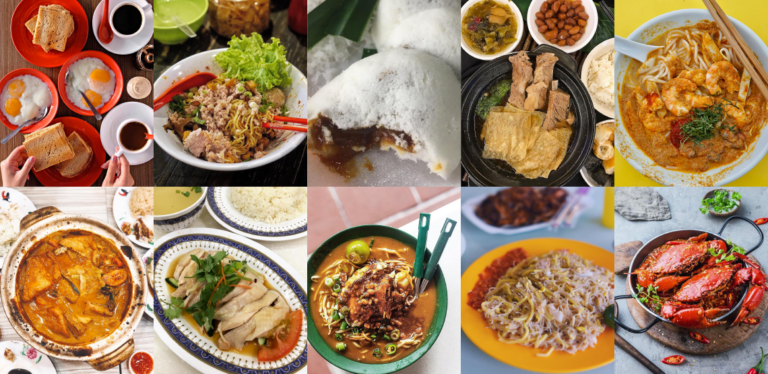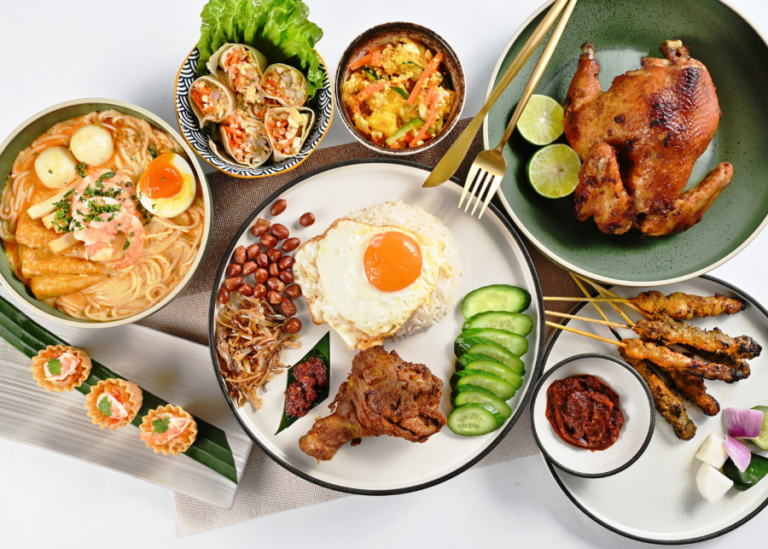Singaporeans love to eat and are good at food. New establishments are constantly opening here, which are gaining worldwide fame, quickly plugging those who, it would seem, have already established themselves on the podium. We picked up a few new stellar spots and also walked through the classics that are in the top of the best Singaporean establishments.
Altitude Gallery & Bar
Altitude Gallery & Bar, located at an altitude of 282 meters, offers a breathtaking bird’s eye view of Singapore.
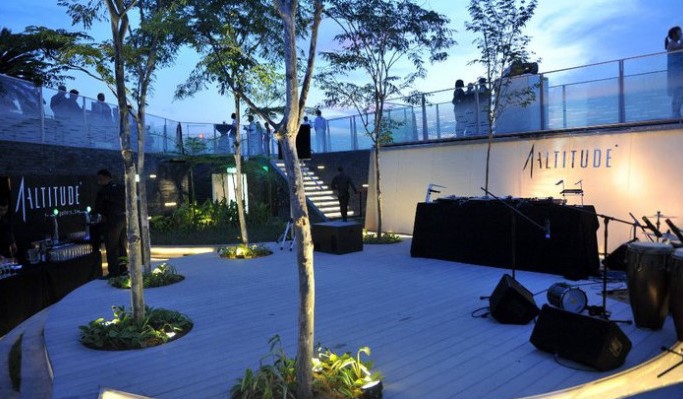
The institution has one of the richest bar cards in the city and a large selection of snacks. Experienced bartenders offer delicious cocktails. Altitude Gallery & Bar regularly hosts parties with the best DJs and artists.
Cuisine: European
1 Raffles Place
+6564380410
Maharajah Boat Quay
Maharajah, one of the oldest Indian restaurant chains in Singapore, was founded with the aim of serving fine dining in North India to the general public. From tandoori so tender that it falls off a bone, to Vindaloo’s fiery curry, the menu has a lot to offer for adventure lovers looking for something more than the average Indian restaurant.

41 Boat Quay
Singapore (049830)
Ce La Vi
The luxurious CÉ LA VI restaurant is part of the entertainment complex of the same name, located on the territory of the famous Marina Bay Sands hotel. It offers its visitors mouth-watering food, impeccable service, and a bird’s eye view of Singapore’s fantastic skyline.
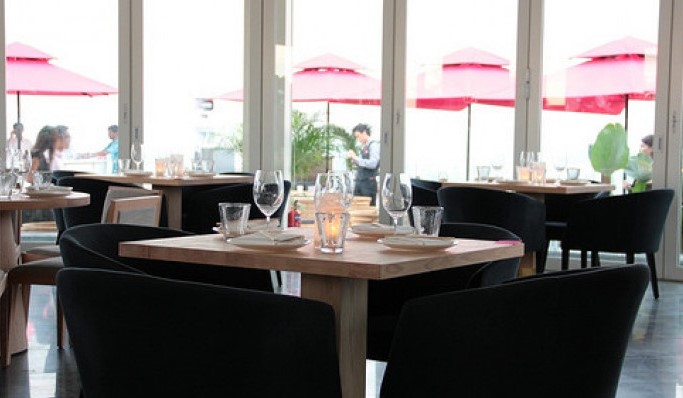
The facility’s menu is based on hits of modern Asian cuisine. The restaurant offers a large selection of premium wines, as well as an extensive cocktail and bar list.
At guests’ disposal is an exquisite hall where pleasant relaxing music sounds.
Cuisine: Japanese, Chinese
1 Bayfront Avenue
+6565082188
Equinox

The restaurant is located in the building of the tallest hotel in Singapore, Swissotel The Stamford, on the 70th floor, which largely determines its specialization and trump card. The restaurant’s cuisine is decent, but this is not the main advantage of the restaurant. The main and outstanding asset is the mesmerizing panoramic view of Singapore.
Cuisine: International, European
2 Stamford Road
+6568373322
Forlino
Situated in the heart of Singapore, Forlino Restaurant attracts gourmet cuisine, a sophisticated atmosphere, and fantastic views of Marina Bay. Designed by a talented chef, the menu includes the best Italian cuisine. Among the specialties are ravioli with truffles, lamb cutlet, tagliolini, tiramisu. There is an extensive wine list. Guests can be accommodated in the main hall from where they can enjoy the beautiful panoramas of Marina Bay and the F1 track.

Cuisine: European
1 Fullerton Road
+6566907564
Hong Kong Soya Sauce Chicken Rice and Noodle
Hong Kong Soya Sauce Chicken Rice & Noodle is located in the China Town Complex in Singapore’s Chinatown. A simple sign with the names of dishes, plastic dishes, ordinary chopsticks and a place in a common food court – the kiosk is no different from dozens of competitors in the neighborhood and from 15,000 other Singaporean eateries. But it is to this unremarkable showcase that meter lines are now lining up. The news that a simple eatery was among the 29 restaurants highlighted by the city’s recently launched Michelin guide quickly spread across Singapore.

At the same time, the menu of Hong Kong Soya Sauce Chicken Rice & Noodle includes the most common dishes: chicken with rice or noodles or vegetables in oyster sauce. The cost ranges from S $ 2.50 to S $ 4, and the most expensive item is considered to be grilled chicken for $ 14. And although Michelin inspectors chose this one from thousands of Singapore kiosks, the owner and chef of the establishment, 51-year-old Jang Hong Myung, is not going to raise prices yet.
126, 335 Smith St, Stall 02
Jumbo Seafood
Jumbo Seafood is renowned for its exceptional freshest seafood and modern Chinese cuisine that has won gourmets among locals, ex-pats, and travelers alike.
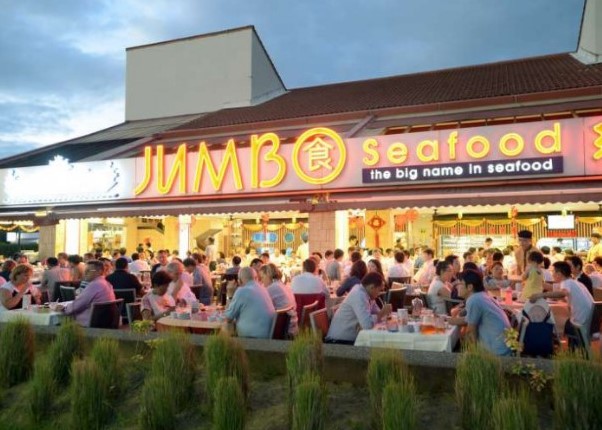
You should, of course, try the famous Jumbo Chilli Crab, which is the national dish of Singapore and is perfect here, by the way, it can be ordered in black or white pepper.
+65 6479 3435
Lantern
Lantern Bar, located on the roof of The Fullerton Bay Hotel, invites its guests to enjoy not only mouth-watering dishes but also panoramic views of the picturesque Marina Bay. The bar menu includes a large selection of light snacks, grilled dishes, salads, steaks, and more. The highlight of the establishment is a wide range of Latin American and Caribbean cocktails.

Guests can sit on the terrace by the outdoor pool, which features live performances every evening.
Cuisine: European
80 Collyer Quay
+6568778911
LeVeL 33
This restaurant is very popular and you need to make a reservation in advance, as it is known not only for excellent cuisine but most importantly, for its breathtaking views of the main attractions of Singapore. You need to book a table on the street and come in the evening to have time to watch the laser show on the bay.

Cuisine: European
8 Marina Boulevard
+6568343133
MakanSutra Gluttons Bay
Makansutra Gluttons Bay is a street food restaurant located in Esplanade Park, close to the Bay Theater (more precisely, between it and The Float) overlooking Marina Bay. The restaurant has one small central structure where food stands, a series of tables, and benches are located. We can say that this is a modern restaurant, but at the same time, it does not cease to be a typical hawker (street tavern). This is an initiative of Makansutra, a firm that produces a variety of food guides, among which the most famous food in Singapore.

This is where you can taste deliciously cooked chili crab – the most famous dish in Singapore. Do not be afraid of the name “chili” – this dish is not so spicy. The whole secret is in a special sauce, in which a huge crab is drowning, like in rich borscht. The sauce is made from garlic, onions, ginger, sesame oil, black rice vinegar, sugar, tomato paste, chili peppers, eggs, and rice flour are also added.
8 Raffles Avenue

